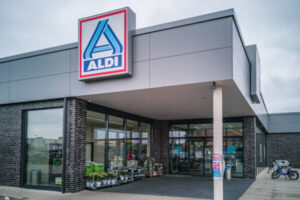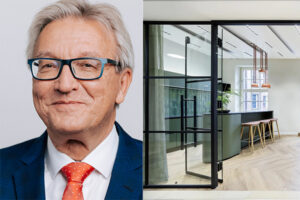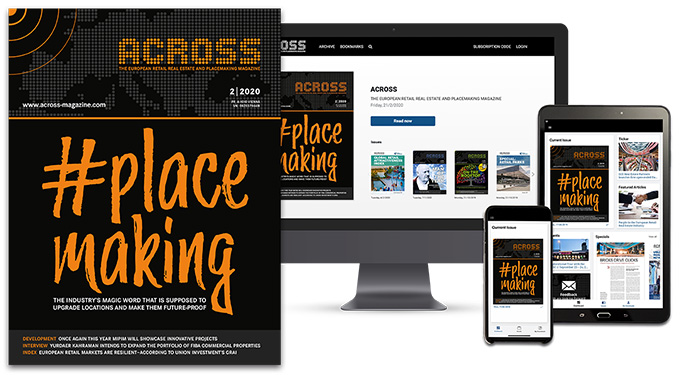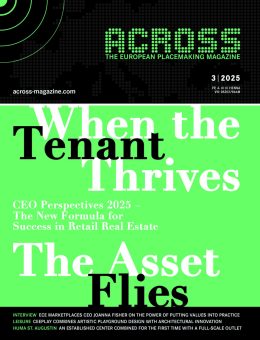Throughout my career, I have tried to focus my goals and professional concentration on these three concepts: place, time, and people at a particular moment.
If we create the right place at the right time while keeping people at the center and serving them, retail will endure, cities will gain value, and brands will live longer. As we navigate our way through 2025, the state of the retail real estate market in Türkiye is quite clear: selective growth through disciplined investment for a stronger customer experience.
MACRO BACKDROP
CPI is easing and FX rates have become more stable. Consumers are price-sensitive and more selective, while tourism provides steady, year-round support to retail demand.
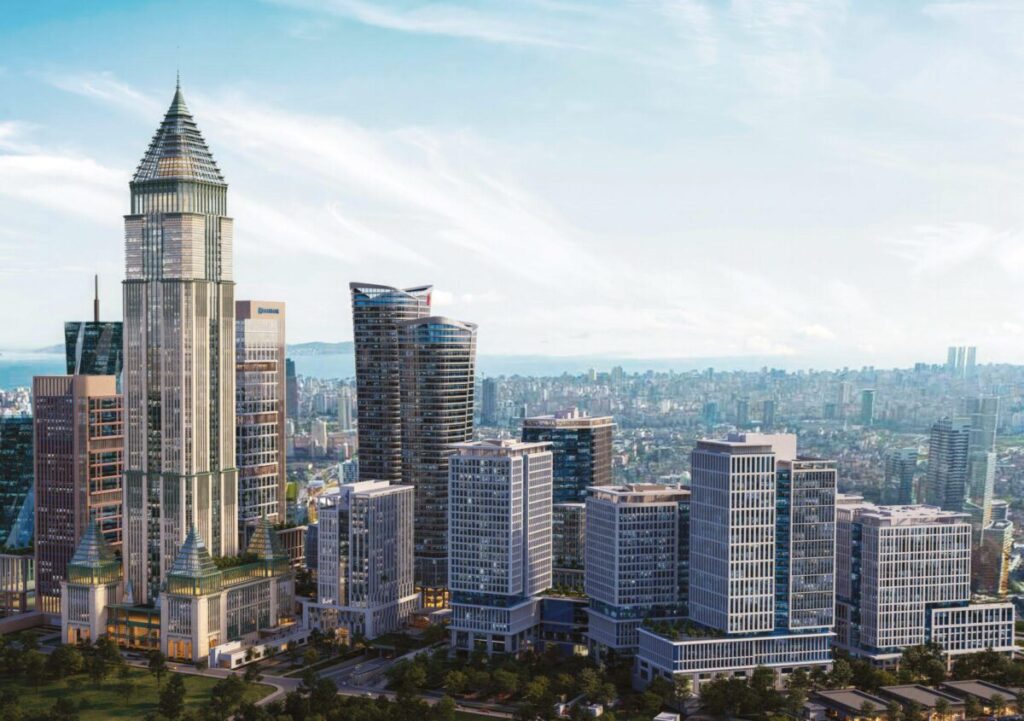
WHERE THE MARKET STANDS
There are 447 shopping centers in operation nationwide. A more selective approach is being taken to new openings: Two centers are planned for 2025 and five for 2026. In short, we have shifted from “growth everywhere” to depth in the right locations
HIGH STREETS AND PRIME CENTERS
In Istanbul, Abdi İpekçi Street remains the most expensive retail axis with prime rents of around $250/m² per month. İstiklal Avenue has the highest visitor numbers, while Bağdat Avenue stands out for its international brand presence. On Bağdat Street on the Asian side, urban renewal and limited supply may temporarily restrict the number of transactions, but the average size of leased units is trending upward. Conclusion: Rents and occupancy rates are consolidating in favor of the best shopping streets and strong A-class centers.
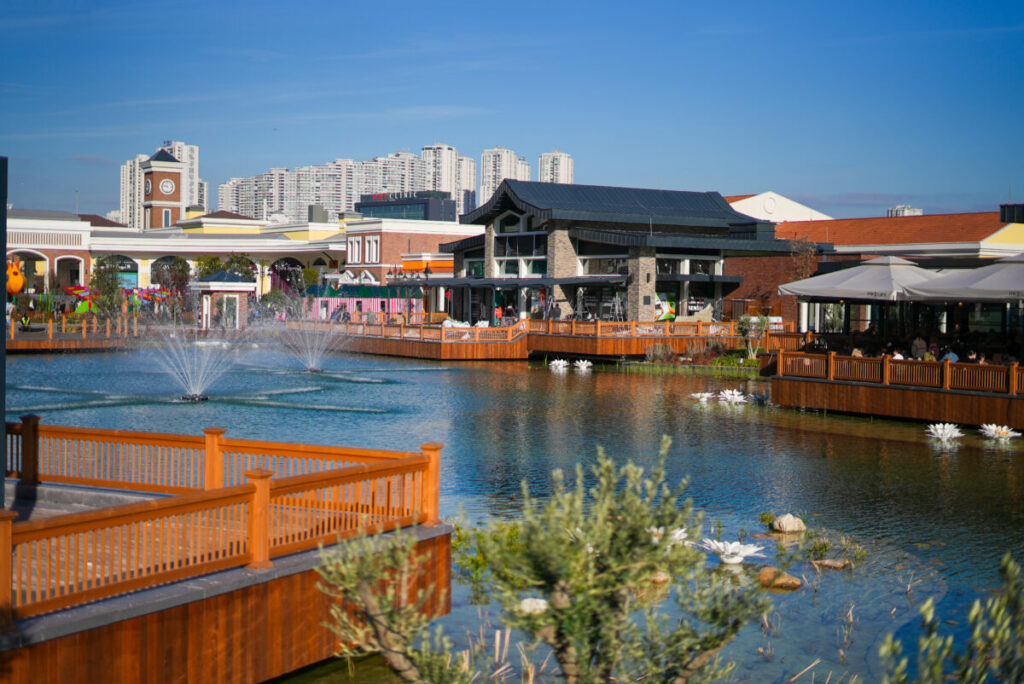
THE STORE’S EVOLVING ROLE
With e-commerce accelerating, the physical store is no longer just a checkout point; it’s the core touchpoint where products are seen, tried, collected, and returned. This has pushed leasing toward data-driven performance, flexible turnover structures, and shared KPIs as standard practice.
INTERNATIONAL BRANDS ENTERING TÜRKIYE
The momentum continued in the first half of the year: AMIRI opened in Emaar Square, Elie Saab (with Vakko) at Zorlu Center, and lululemon launched at İstinyePark and Akasya. Women’secret returned to Emaar Square after 13 years, and On (On Running) is planning its first mono-brand store in addition to a broad distribution network. New activities from SharkNinja, Merrell, PizzaExpress, Babel, Alo Yoga, Flying Tiger, and Joe & The Juice provided additional momentum. Italian fashion brand Stefanel will officially return to Turkey in 2025 and will also take oversee its operations in Bulgaria, Azerbaijan, and the Middle East.
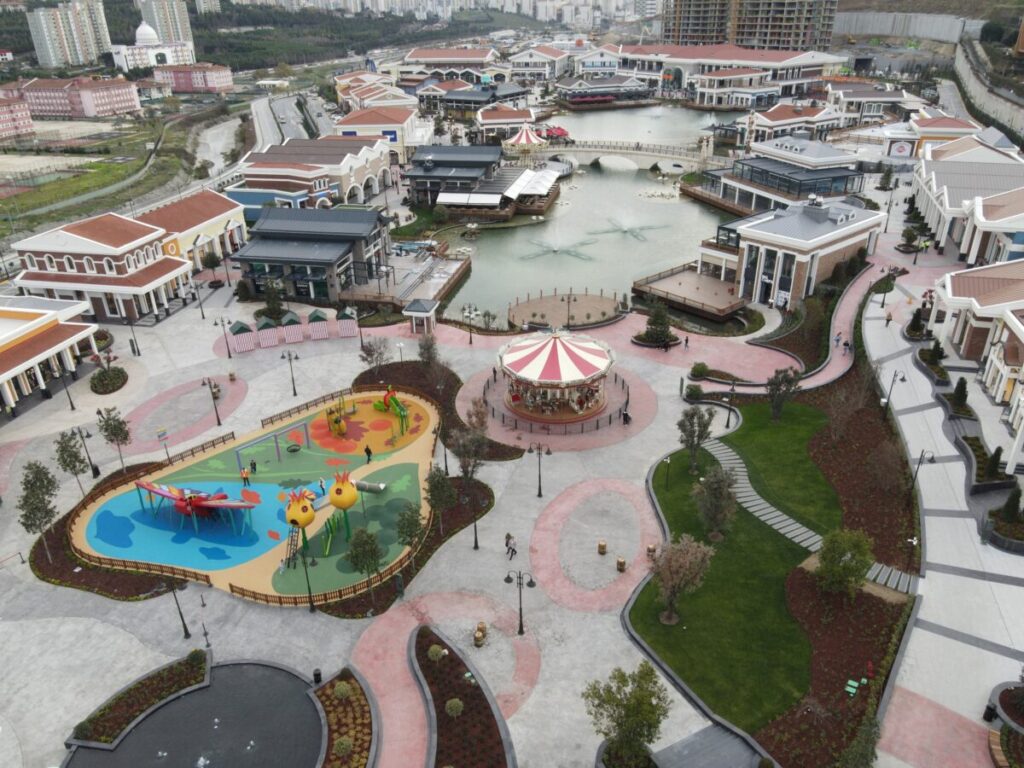
TURKISH BRANDS ABROAD
Turkish players are expanding with intent: Tavuk Dünyası (Gagawa) entered the USA via Virginia; FLO opened its first store in La Soukra, Tunisia; E-Bebek added a third London location. Les Benjamins opened in Moscow; Colin’s added sites in Iraq and Russia; Koton upgraded at The Dubai Mall. In the jewelry sector, Bee Goddess is preparing a second boutique on Sloane Street; Mavi is planning a Mall of America opening in Q4. These are not isolated bets – they are steps in a planned, long-term expansion strategy.
RISING INVESTMENTS IN TURKEY’S MARINA SHOPS
In recent years, investment in commercial spaces within marinas in Turkey has increased – such as the expansion of Kuşadası Marina, the addition of commercial areas in Gazipaşa Marina, and the renovation of West Istanbul Marina.

Avi Alkaş
Founder of Alkaş & HAN Spaces and is a Member of the ACROSS Advisory Board
BOTTOM LINE
Türkiye remains attractive to global brands, while Turkish brands are expanding regionally and globally. In a time of limited supply and selective demand, success depends on strong locations, the right category mix, and measurable performance management. I do not view retail separately from tourism or real estate: When logistics, mobility, housing, and office infrastructure are planned together, cities benefit, customer flows become stable, brands grow, and investments create real, lasting value.
People are at the heart of this business; by putting people first, we seek to create value despite market cycles. My message for 2025 is simple:
Deepen strong locations, transform the midsegment, and connect the store to the customer through seamless touchpoints. If this is done, cities will be strengthened, brands will live longer, and the value of the investment will endure.
Credit for all images: Alkaş & HAN Spaces

